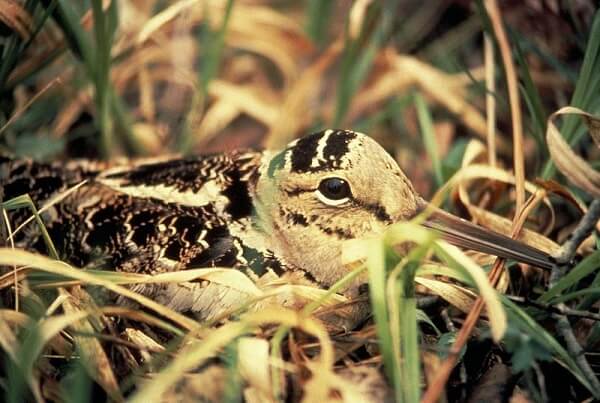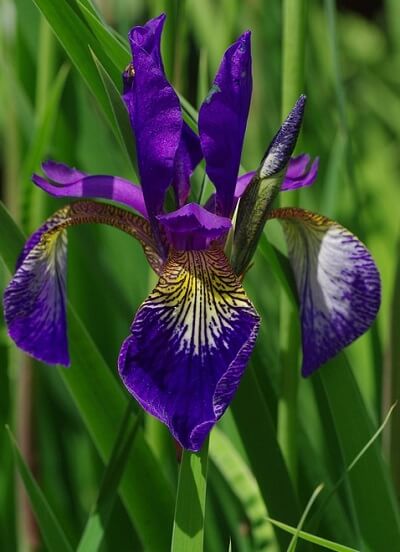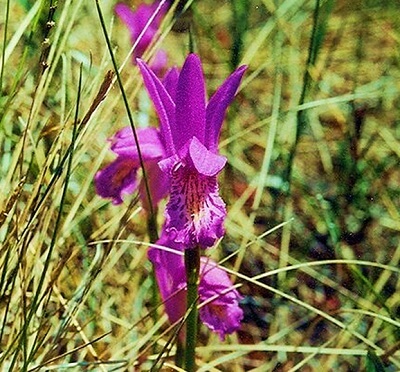 Plant Nature Study I
Plant Nature Study I
Plant Nature Study I
Plant Nature Study I




 Plant Nature Study I
Plant Nature Study I
Plant Nature Study I
Plant Nature Study I

Study the lesson for one week.
Over the week:
Plants and Habitat:
Activity 1: Narrate the Story
Activity 2: Name that Habitat!
Call out the name of each of the following habitats:









Activity 3: Take a Nature Walk, Visit a Flower Shop, or Research Online - Plants in Special Habitats
Embark upon a nature walk, visit a flower shop, or engage in online research.
Activity 4: Complete a Field Book Entry

After your nature walk, complete page 17 in 'Science Field Book for Third Grade.'